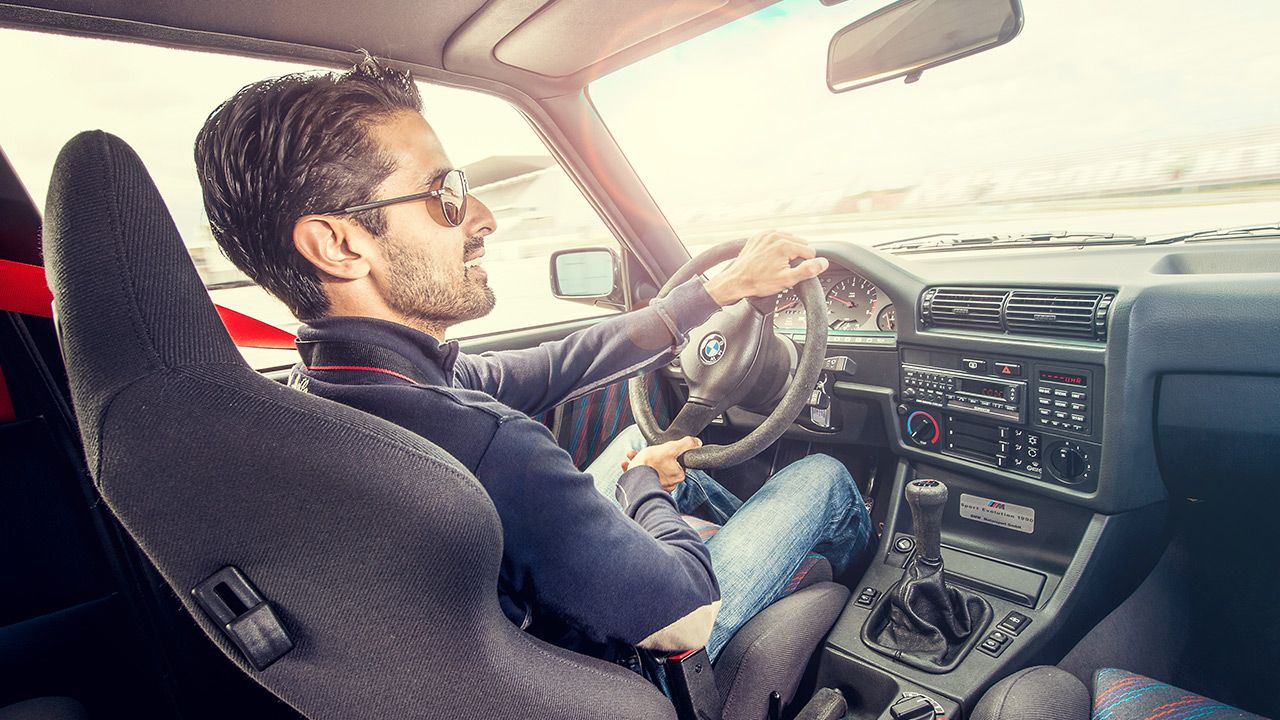
Research suggests that there’s a 50:50 chance that your next car will be an SUV. And if you already drive an SUV, in all likelihood, your next car will be one too. What constitutes an SUV is a matter for another editorial. But, for the moment, let’s just agree that it’s a vehicle with a SUV-stance rather than any real off-road ability.
Needless to say, there’s a mad rush within the industry to cater to this newfound obsession with appearing macho on the road. Hyundai has just introduced the very impressive Tucson to sit in between the Creta and the Santa Fe. And, like Maruti, they’re also developing a brand new sub-four metre compact ‘SUV.’ Maruti, meanwhile, is struggling to hold off customers who are beating down the doors of their local Maruti-Suzuki showrooms hankering for their very own SUV. A good problem to have on all accounts!
By the time you read this, the Vitara Brezza will have been crowned the new ICOTY champion – the 2017 ‘Indian Car of the Year.’ So what makes the Brezza worthy, other than the incredible demand for it from all corners of the country? Well, for starters, it was designed and engineered virtually in-house by Maruti-Suzuki – under the leadership of Executive Director of Engineering, C.V. Raman.
They not only chose the Suzuki platform that they wanted to use, but also took the lead in choosing the design direction. The team developed multiple design concepts, two of which made it to the clay model stage. One is the current production car – square jawed and quite handsome. While the other was more of a crossover, which is to say it looked more like a cross between a hatch and an SUV – rather than appearing as butch and audacious as a true blue 4X4. They chose the more aggressive option. Perhaps one of the most important decisions they made during the development process.
The validation of the vehicle – in terms of NVH, ride-and-handling, etc. – and even crash testing was done at Maruti-Suzuki’s Rohtak facility in the NCR. Endurance testing was done in Gurgaon. High-altitude testing took the team to Khardung-La, in Ladakh. Wind tunnel and cold weather testing, however, was done in Japan since they don’t have those facilities here in India. But Indian engineers flew to Japan to do the testing themselves.
“It’s been a great learning for the entire team, because the engineers that worked on the project made mistakes, learnt from them, and finally succeeded in delivering what was expected of them. And that’s the way to actually learn the practical aspects of vehicle development – there’s no better way to do it,” said Raman San when we spoke with him earlier in the year.
So it’s only fitting that the Brezza should be the ‘Indian Car of the Year.’ Not only have they created a product that’s worthy of the ICOTY title – but, more importantly, they’ve bolstered their in-house ability to likely create many more such winners in the future!























Write your Comment